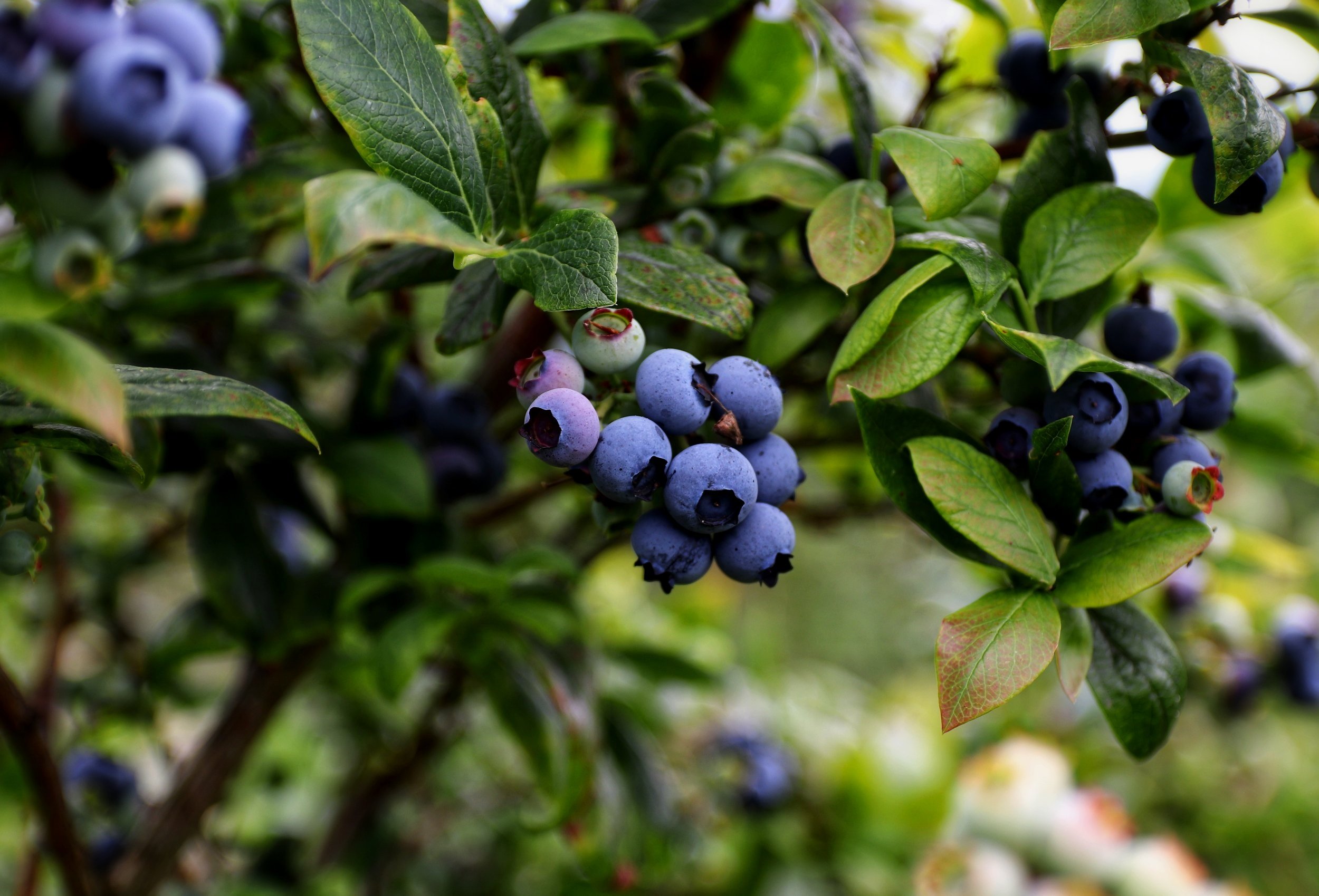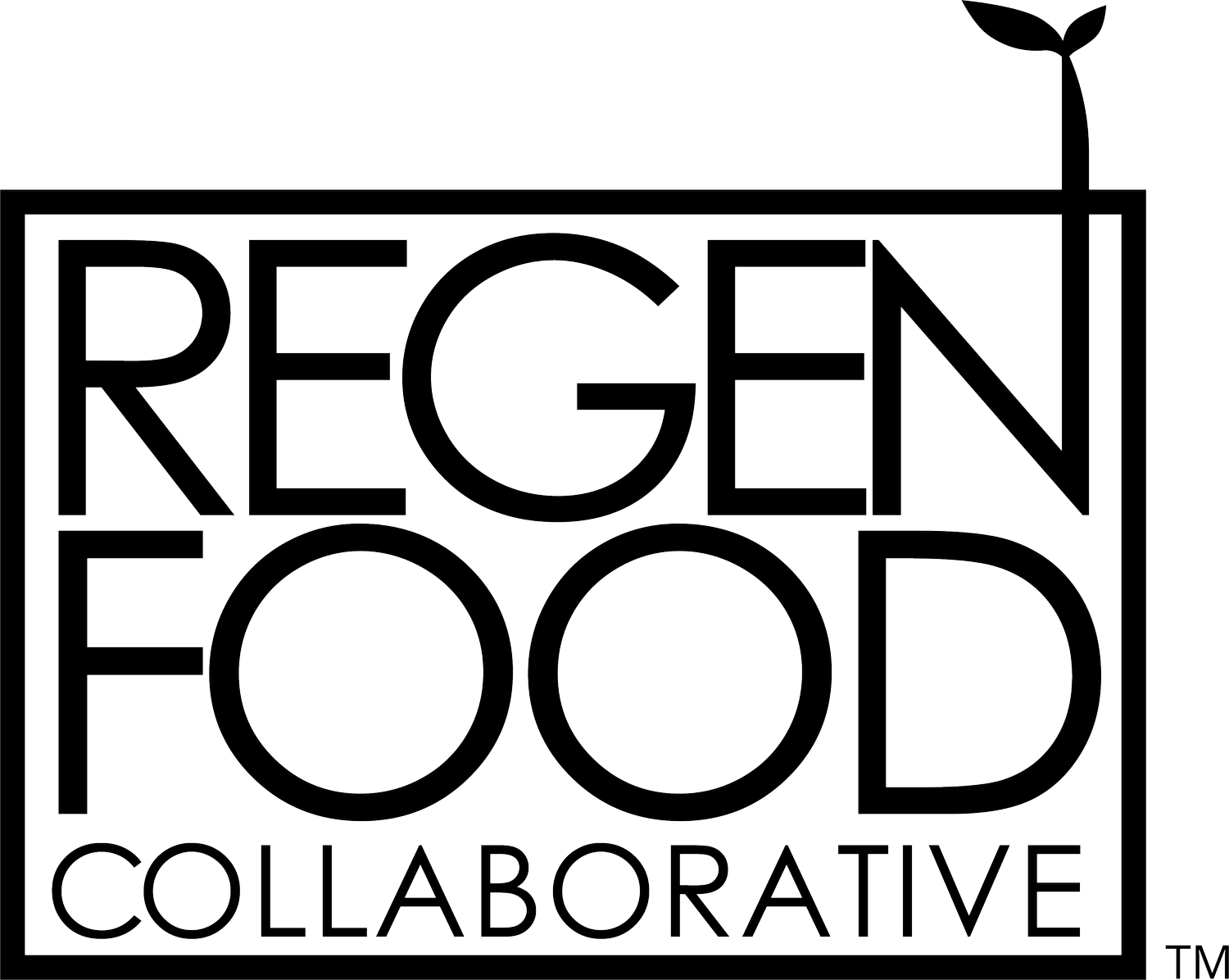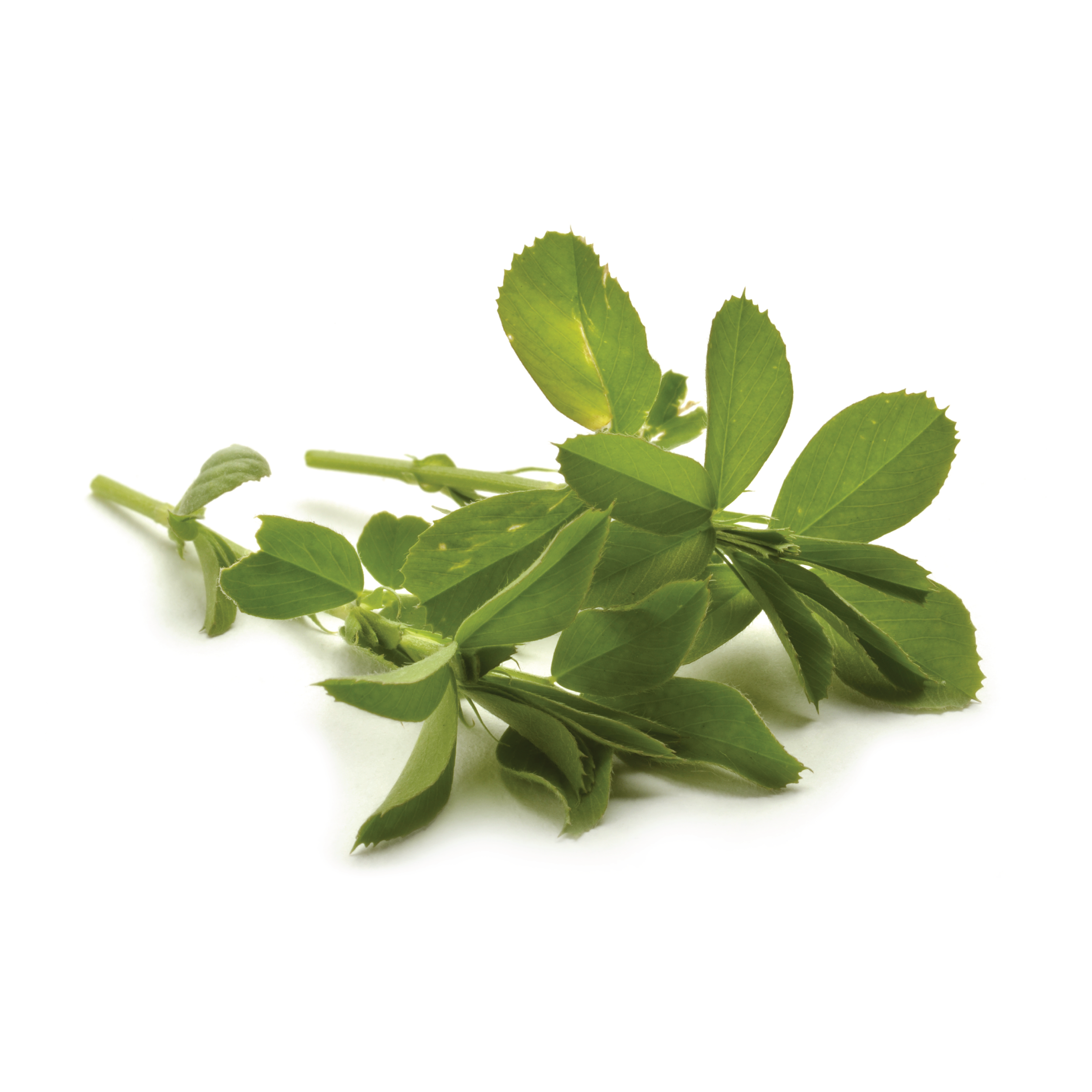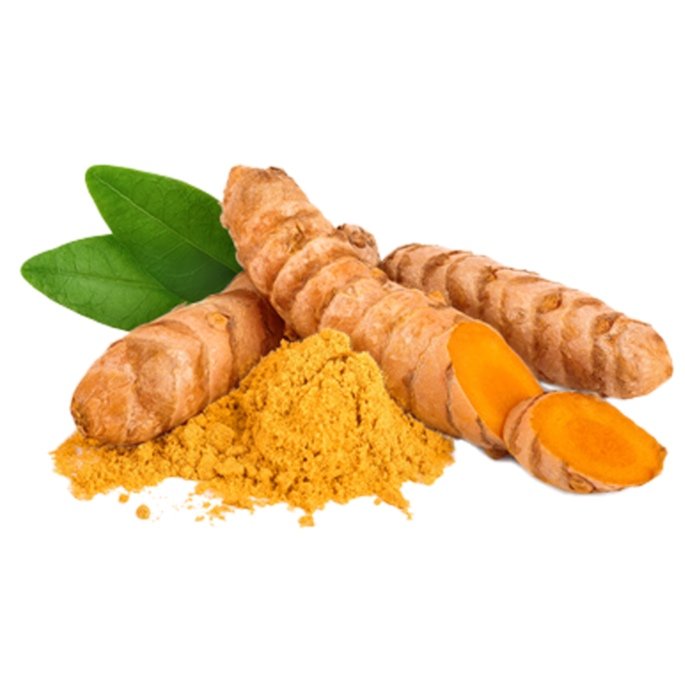
Ingredient Library
Our ingredients are sourced with purpose, keeping regenerative health and nutrition at the forefront of our process. Each ingredient has been researched extensively to guarantee their health benefits in all of our products.
Alfalfa
Alfalfa (medicago sativa), traditionally known as “the father of all foods,” is a perennial legume that is grown in every state in the US. This dark green, leafy plant is a great source of essential vitamins and minerals.
Black Currant
Black currants, along with gooseberries, belong to the genus Ribus. They are a thornless perennial shrub with palmate leaves similar to a maple tree. The small, almost black berries have a tart flavor prized by winemakers for cassis. They also have the highest Vitamin C content of any North American fruit.
Aronia Berry
Native to North America, the Aronia melanocarpa plant is a hardy, perennial bush that produces fruit ready for harvest in late summer or early autumn. The berries are a dark purple color and have a highly tannic and tart flavor profile. They are known for having the highest antioxidant activity of any tested fruit or vegetable.
Blueberry
The high-bush blueberry from the genus Vaccinium is a tall, perennial shrub harvested mid summer in the US. As one of the most popular and well-known superfoods, blueberries are rich in fiber, vitamin C, vitamin K, manganese and potassium.
Beets
Beets are the round taproot portion of the plant Beta vulgaris, which also has green leafy tops with purple stems. Beets can be grown in climates around the world, but they do especially well in cool climates. This purple-red root vegetable is rich in dietary nitrates and is a great source of fiber, folate, manganese, and potassium.
Cranberry
The North American cranberry, Vaccinum macrocarpon, is a low, creeping shrub or vine and is harvested in mid September through November. In addition to a holiday mainstay, this bright red fruit is known for its uniquely high level of Proanthocyanidins (PACs) which are in the flavanol family, a class of polyphenol.
Elderberry
Elderberries are small purple-black berries grown in clusters on tall shrubs. They are hardy plants that grow well in many different regions and climates. The berries have a high content of anthocyanins as well as Vitamin C.
Turmeric
Traditionally prized for its anti-inflammatory effect, turmeric contains high levels of curcuminoids giving it a bright yellow/orange color. Turmeric is the root of the curcuma longa plant, a perennial herbaceous plant in the ginger family. It is grown in hot climates with high humidity.
Monarda
Monarda fistulosa, commonly known as wild bergamot or bee balm, is native to most of North America and is part of the mint family. The perennial herb typically grows 2-4 ft and produces pink-lavender flowers. Monarda is traditionally prized for its anti-inflammatory and antimicrobial properties.
Wheatgrass
Wheatgrass, when grown outdoors in a native climate and cut before the jointing stage of the plant, is a nutrient dense source of vitamins, minerals, including providing over 17 amino acids, as well as being an excellent source of chlorophyll.
Montmorency Tart Cherry
The Montmorency variety of tart cherry, from the Prunus cerasus plant, is the definitive American tart cherry, known for its high anthocyanin content. The trees are self-fertile, producing beautiful white flower blooms in the spring and then bright red, juicy cherries that have a rich, tangy flavor with a little sweetness.












